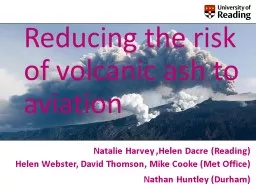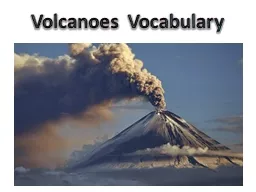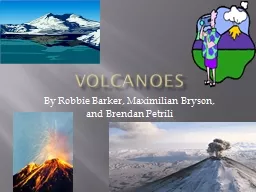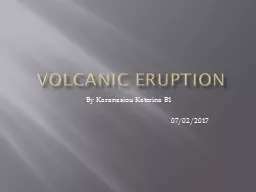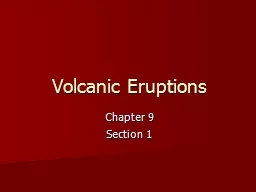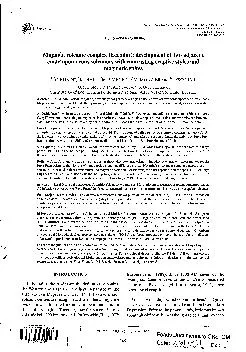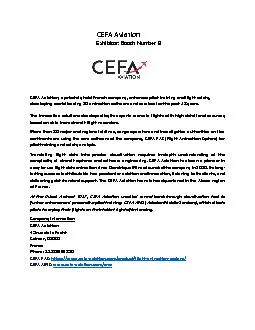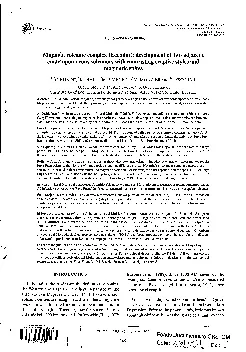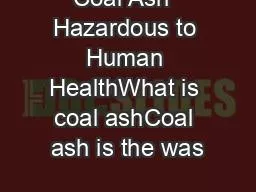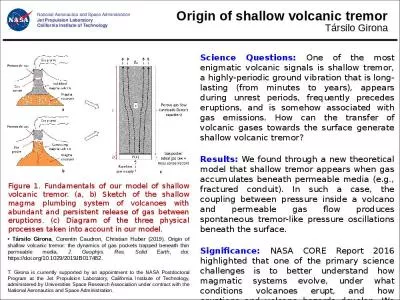PPT-Reducing the risk of volcanic ash to aviation
Author : luanne-stotts | Published Date : 2015-10-21
Natalie Harvey Helen Dacre Reading Helen Webster David Thomson Mike Cooke Met Office Nathan Huntley Durham Impact on aircraft 2 Volcanic ash is hard and abrasive
Presentation Embed Code
Download Presentation
Download Presentation The PPT/PDF document "Reducing the risk of volcanic ash to avi..." is the property of its rightful owner. Permission is granted to download and print the materials on this website for personal, non-commercial use only, and to display it on your personal computer provided you do not modify the materials and that you retain all copyright notices contained in the materials. By downloading content from our website, you accept the terms of this agreement.
Reducing the risk of volcanic ash to aviation: Transcript
Download Rules Of Document
"Reducing the risk of volcanic ash to aviation"The content belongs to its owner. You may download and print it for personal use, without modification, and keep all copyright notices. By downloading, you agree to these terms.
Related Documents

